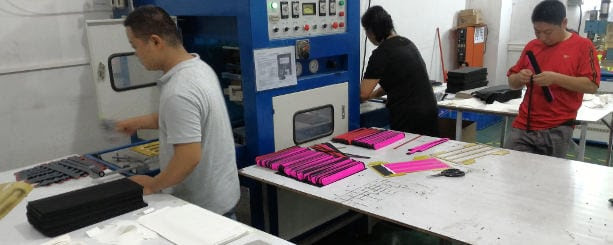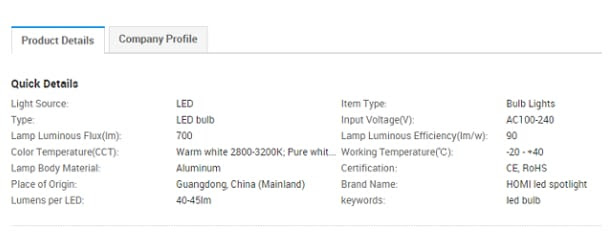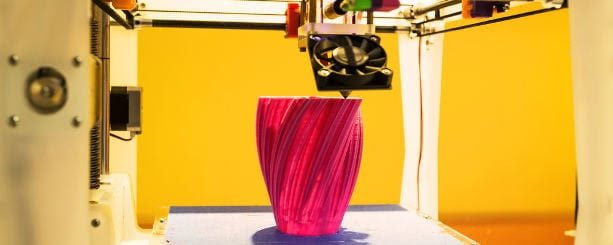PROGRAM
PENGEDAR
HOME
KIOSK
Pengenalan
Jenama Pohon Cherry GrillTM adalah produk dibawah
kelolaan Alveo Legame Enterprise.
Program Pengedar “Home Kiosk Pohon Cherry Grill” ini adalah satu inisiatif
daripada pihak kami untuk membantu rakyat Malaysia yang mahu untuk memulakan
perniagaan tetapi modal adalah terhad. Dari serendah RM2,300.00 sahaja, pihak kami yakin dapat membantu anda menjana
pendapatan tambahan diantara RM805
sehingga RM1500 sebulan atau lebih.
Ianya bergantung kepada kerajinan, usaha serta inisiatif anda untuk maju. Kami
sasarkan untuk membantu 1,000 bakal
usahawan yang mahu untuk berubah serta mempunyai kehendak untuk Berjaya. Dimana
pihak kami akan menjadi mentor serta akan membantu anda untuk Berjaya. Kami
akan bantu anda mengatur langkah untuk Berjaya.
Matlamat
Matlamat utama skim pengedar ini adalah untuk:
1- Membantu usahawan untuk memulakan langkah perniagaan
dengan modal yang kecil.
2- Menyediakan saluran perniagaan bagi usahawan yang baru .
3- Membantu mereka-mereka yang ingin menambahkan pendapatan akibat
daripada kekangan ekonomi.
4- Membantu membasmi kemiskinan dikalangan rakyat Malaysia
dengan menerapkan suatu perniagaan yang mudah serta senang untuk dijalankan.
5- Berkongsi ilmu perniagaan dengan para usahawan.
6- Memotivasikan Rakyat Malaysia untuk terus berusaha bagi
memperbaiki taraf kehidupan sedia ada kepada satu kehidupan yang lebih lestari.
7- Mempelbagaikan lagi daya saing ekonomi dikalangan Rakyat
Malaysia.
Visi
Mencipta
1,000 Usahawan yang berdaya saing
Meningkatkan
Taraf Hidup Usahawan
Mencipta
Usahawan Berilmu
Menerapkan
Kerjasama Antara Usahawan untuk Maju
Misi
Kami akan mencari seramai 1000 orang bakal usahawan yang ingin mengubah kehidupan diri mereka
kearah yang lebih baik. Dimana kami akan membantu mereka untuk memulakan
perniagaan berasaskan makanan sejuk-beku sedia untuk digrill. Dimana
produk-produk ini akan dibekalkan secara berkala kepada pengedar. Selain itu,
kami juga akan mengembangkan perniagaan ini menjadi sebagai satu pembekal
makanan GRILL yang terbaik di Malaysia. Jadi kami akan bawa anda maju bersama
kami.
Bagaimana operasi
berjalan
Pihak kami akan meneliti setiap permohonan dengan teliti dan
usahawan yang Berjaya akan dibekalkan dengan set permulaan perniagaan.
1- Peti Sejuk-Beku saiz 120liter
2- 100 pek permulaan produk Pohon Cherry GrillTM
bersama sos istimewa.
(60 pek Kambing/20 pek Daging Lembu/20 pek Ayam)
500pcs Flyers
1 Banner
Bagaimana anda mendapat
semula modal serta untung
Pihak kami yakin apabila anda menyertai program ini, Cuma
hanay dalam masa 3 pusiangan atau 3 bulan (yang mana dahulu) sahaja anda
telah boleh mendapat kembali modal pusingan anda RM2.300.00 tersebut.
Contoh pengiraan
Pulangan atas Pelaburan (ROI):
Modal Permulaan :
RM2,300.00
Kiraan Pulangan
Modal
Harga Jual – Kambing
RM11.50/pek (Kos RM9)
Lembu RM9.00/pek (Kos RM7)
Ayam RM9.50/pek (Kos RM8)
Pusingan 1 / Bulan 1:
Pendapatan – Kambing RM11.50 x 60pek = 690
Lembu RM9 x 20pek = 180
Ayam RM9.50 x 20pek = 190
Jumlah Pendapatan Pusiangan 1 = RM1,060.00
Dianggap pendapatan
jualan 100 pek produk bagi pusingan 2 serta 3 adalah setara dgn pusingan 1:
Pusingan 1 = RM1,060.00
Pusingan 2 = RM1,060.00
Pusingan 3 = RM1,060.00
Jumlah besar = RM3,180.00
Perbandingan Modal
dengan pendapatan bagi 3 pusingan:
Modal Permulaan
RM2,300.00
Pendapatan Dalam 3
Pusingan RM3,180.00
Untung Selepas 3 pusingan RM880, Modal pusingan juga anda
perolehi dalam masa 3 pusingan atau 3 bulan tersebut.
Selepas itu, anda boleh menggunakan modal tersebut untuk
menambah stok barangan jualan untuk meningkatkan juamlah jualan serta
keuntungan bulanan anda.
Kiraan anggaran keuntungan
bulanan selepas 3 pusingan:
Stok anda ditingkatkan
kepada 400pek sebulan.
|
Produk
|
Jumlah Pek
|
Harga Jualan
|
Pendapatan
|
Harga Kos
|
Kos
|
Untung
|
|
Kambing
|
250
|
RM11.50
|
RM2,875
|
RM9.00
|
RM2,250
|
RM625
|
|
Lembu
|
100
|
RM9.00
|
RM900
|
RM7.00
|
RM700
|
RM200
|
|
Ayam
|
50
|
RM9.50
|
RM475
|
RM8.00
|
RM400
|
RM75
|
*Jumlah Keuntungan
kasar bulanan: RM900.00 Hasil keuntungan akan bertambah dengan peningkatan
jualan.
Tanggungjawab Kami
1- Meningkatkan aktiviti promosi serta pengiklanan
2- Membekalkan Produk serta alatan kepada anda seperti yang
dijanjikan
3- Menjaga kualiti produk setiap masa
4- Membantu anda dari segi pengetahuan perniagaan serta
pemasaran
5- Memberi motivasi kepada anda setiap masa
Tanggungjawab Anda
1- Yakin untuk Berjaya
2- Bersedia untuk menjadi usahawan
3- Bersedia untuk berubah menjadi seseorang yang lebih baik
dari sebelumnya
Borang Permohonan
Pengedar Home Kiosk
|
Nama
|
|
|
Alamat
|
|
|
No. I/C
|
|
|
No. Telefon
|
|
Saya seperti nama diatas ingin memohon untuk menyertai Program Usahawan Home Kiosk Pohon Cherry
GrillTM. Dengan ini saya bersetuju dengan terma serta syarat
yang di beri. Disertakan bayaran berjumlah RM2,300.00
sebagai modal pusingan untuk program ini.
*Pembayaran melalui Maybank Bhd Cawangan Lagenda Height Sg.
Petani Kedah: 552189505883 Alveo Legame
Enterprise. Sila sertakan resit atau slip Bank-In bersama borang ini
sebagai rujukan kami.
*Penghantaran alatan serta produk akan dibuat dalam masa 3
minggu dari tarikh permohonan dibuat. (bergantung kepada lokasi pengedar).
Yang Benar
………………………………..
|
Untuk Rujukan
Syarikat:
Tarikh Terima: ……./……./………….
No. Rujukan Pengedar: ………../………..
|
Tarikh :











